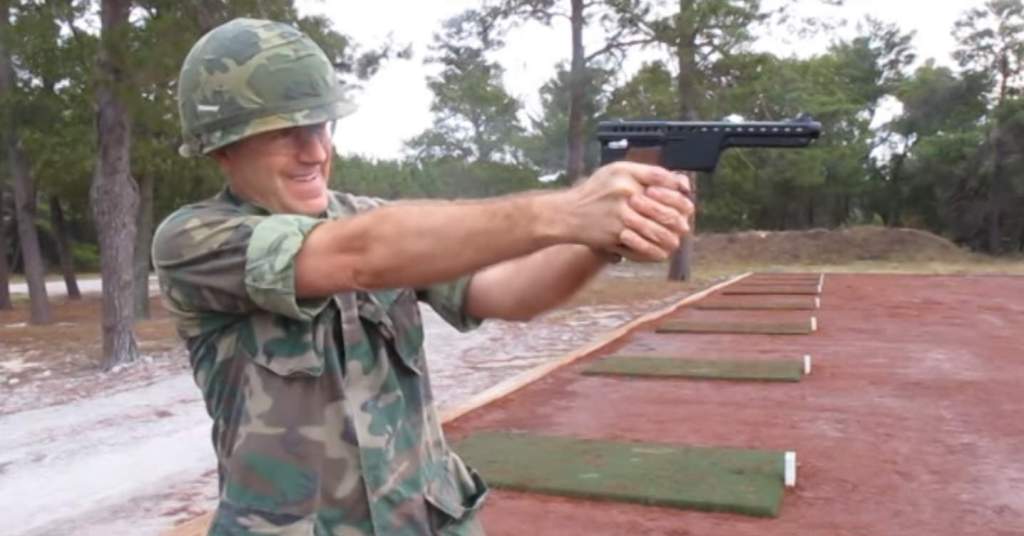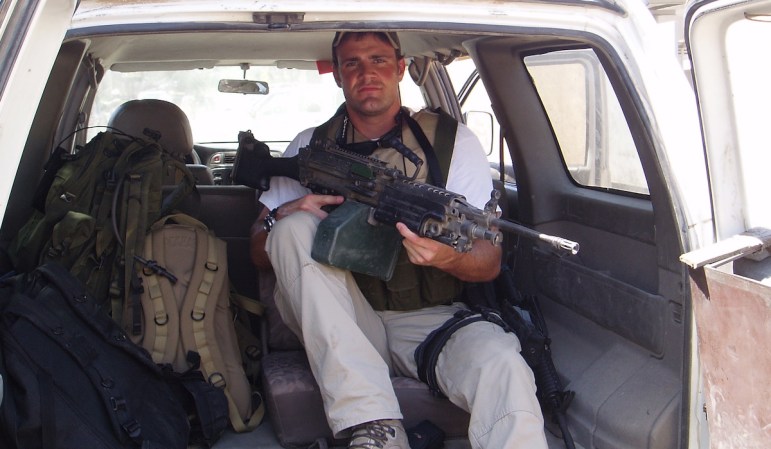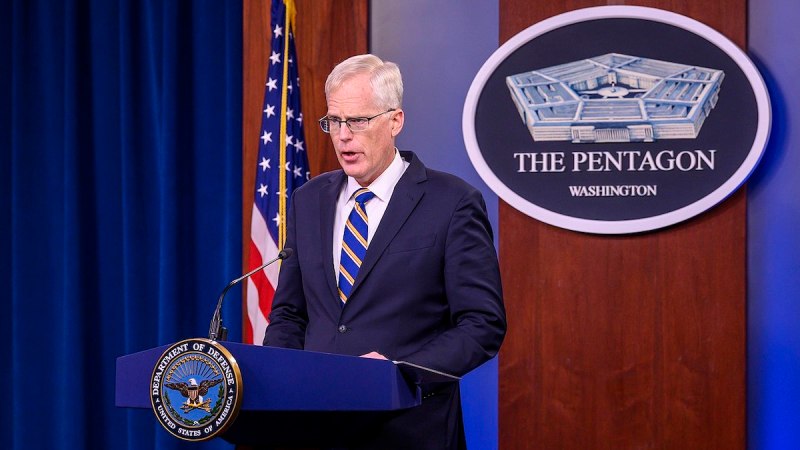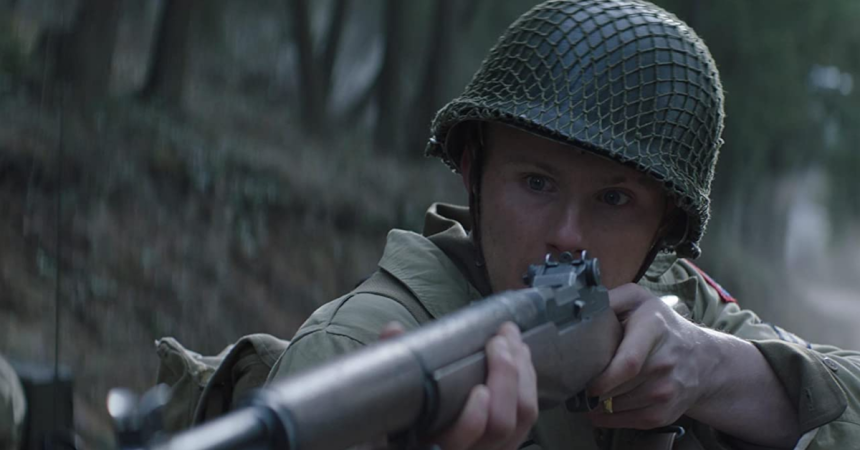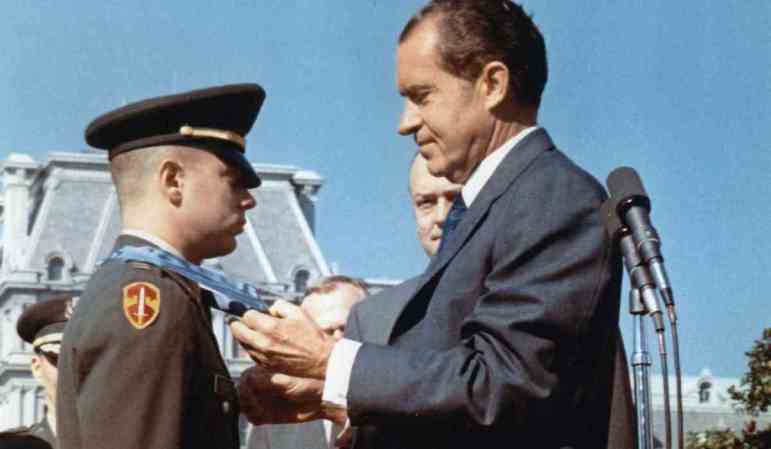As the war in Vietnam heated up during the mid-1960s, firearm manufacturers tried to sell the Army new rocket ammunition that could be fired from pistols and carbines, reducing the weight that soldiers carried while nearly doubling the velocity of their rounds.
Weapons manufacturing company MB Associates developed the first “gyrojet” weapons and led the charge in selling them to the U.S. military. The weapons featured rocket-powered rounds filled with a propellant that burned over time instead of exploding when the trigger was pulled.
The company’s pitch to the military revolved around a few traits that would be valuable in combat.
The weapons had minimal recoil due to the lack of an initial explosion. This slow burn also created less noise, allowing gyrojet firers to avoid the headaches and keep their position relatively secret.
Gyrojets also allowed for a higher firing rate before barrels overheated and provided greater bullet velocity and penetration power at range. All things infantryman love.
Video: YouTube/Midway512
But the gyrojet did not become something infantrymen love for a few reasons. Most importantly, they never reached the promised levels of accuracy. Gyrojet rounds were stabilized with vents on the rounds that caused them to spin for stability, but even tiny calibration errors between the jets could send the round spinning off.
Second, one of the primary weapons that MBA was trying to sell was a gyrojet pistol, but gyrojets weren’t lethal at handgun ranges. Since the rounds burn their propellant over time, it takes time and distance for them to reach a speed that would pierce skin or armor on impact. That meant that, during engagements at 10-20 feet, gyrojet firers would likely have watched their rounds bounce off their target.
These dual problems meant that soldiers wouldn’t have been able to engage targets at close range because the round wasn’t flying fast enough or at long range because the round wasn’t accurate enough.

A member of the Advanced Research Projects Agency, DARPA’s predecessor, once critiqued another round submitted to the agency by comparing it unfavorably to the Gyrojet:
… Gyrojet all over again. If the target is close enough to hit, you can’t kill it. If you can kill it, you can’t hit it.
Still, the gyrojets generated a lot of buzz early on. A Popular Mechanics article from 1962 described the “bizarre bazooka” firing miniature rockets at the enemy. The PM article was optimistic about what it called “microjets,” citing the portability gains:
Microjet definitely will be a guerilla weapon. One fighter can discard his rifle and move lightly with just the small plastic straw and a pocketful of rocket-darts. Also, a number of launching straws can be grouped together to fire a devastating barrage, still controlled by just one man.
Yeah, shooters would need a bunch of “launching straws” to ensure that even one round hit a point target.
Ultimately, the government decided that the portability and lethality at range offered by the gyrojet weapons did not overcome the weapon’s drawbacks, and so they passed on the project. Instead, the weapons entered service with a few Bond villains in the movie “You Only Live Twice.”


